Posts by Jeff Skvorc
By: Jeff Skvorc | 18 November, 2024

Baytech Consulting is honored to be recognized as a 2024 Fall Clutch Global Award winner in several areas including Software Development, Web Development, and App Modernization. This award is a testament to the excellent client work we have delivered this year as recognized through the voice of our customers in their reviews on Clutch. Clutch Global Awards showcases the very best in the B2B services industry worldwide.
Read MoreBy: Jeff Skvorc | 14 November, 2024
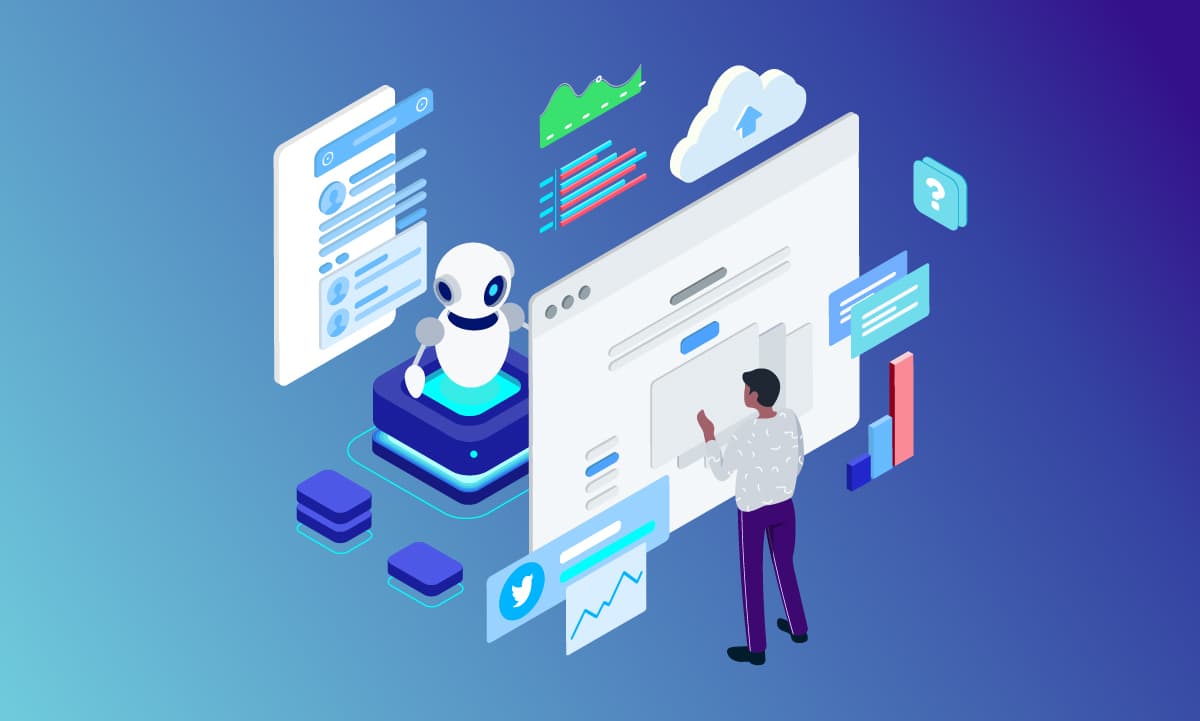
Discover practical ways businesses can integrate AI into daily operations to boost efficiency, enhance decision-making, and streamline tasks across departments, while addressing both the benefits and challenges of AI implementation.
Read MoreBy: Bryan Reynolds | 09 October, 2024

Discover how low-code AI platforms are revolutionizing business efficiency by addressing key technical challenges. Learn about top platforms and how Baytech Consulting can tailor solutions to your needs.
Read MoreBy: Bryan Reynolds | 01 October, 2024

This guide explores the various factors influencing custom software development costs in 2024, including project scope, feature complexity, and the geographic location of development teams. It outlines typical pricing ranges and offers strategies to reduce costs, such as starting with a Minimum Viable Product (MVP) and leveraging open-source technologies. Baytech Consulting provides expert services in creating tailored, cost-effective software solutions that align with business needs and long-term goals.
Read MoreBy: Bryan Reynolds | 30 September, 2024
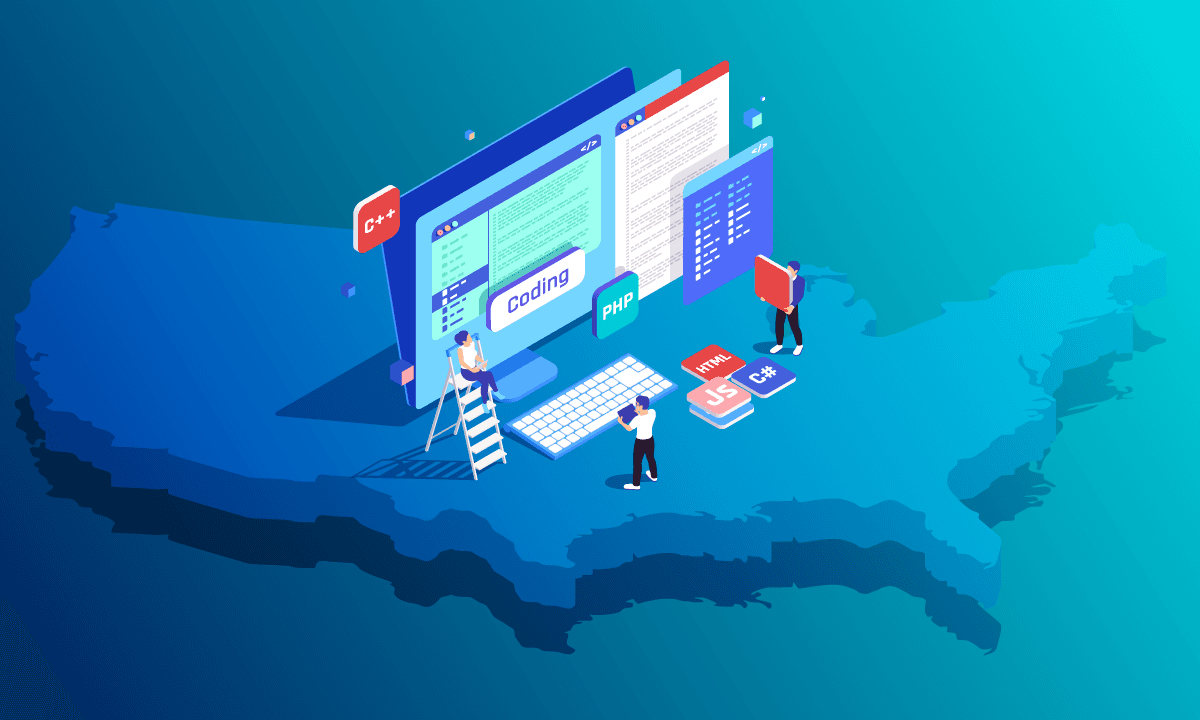
This article provides a comprehensive overview of website development services in the USA, covering key aspects such as selecting a development company, understanding the range of services offered, and managing development projects effectively. It emphasizes the importance of custom solutions, emerging technologies, and the benefits of hiring US-based companies, including structured project management and ongoing support. The article also discusses the web development process, success stories from leading companies, and the costs associated with website development, which can range from $10,000 for basic sites to over $300,000 for complex platforms. Overall, it aims to guide businesses in making informed decisions about their web development needs, highlighting the value of professional services in creating a strong online presence and achieving digital goals
Read MoreBy: Bryan Reynolds | 29 September, 2024

Artificial intelligence continues to change the way businesses operate, and this gradual transformation is full of many opportunities as well as many challenges. As with any new technology, there is risk involved, both in being too far out on the bleeding edge and in being the last holdout among competitors to adopt a superior innovation. It’s important to have a working understanding of both the opportunities and the challenges that today’s businesses are facing.
Read MoreBy: Bryan Reynolds | 28 September, 2024

Artificial intelligence (AI) is all the rage in the business and tech communities these days. Everywhere you look, you find blogs, articles and reports that prattle on about “leveraging the power of AI to” do just about anything. Unfortunately, real understanding about what AI is and what it can do today seems to be quite thin. It’s become a marketing buzzword more than a functional description in far too many places.
Read MoreBy: Bryan Reynolds | 07 September, 2024
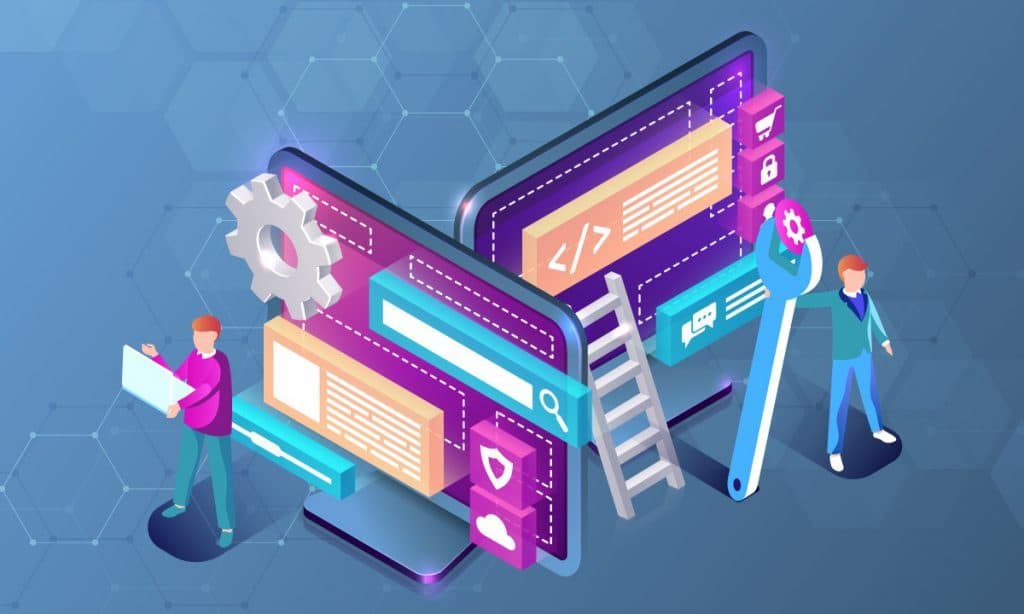
Software development is the process of creating and maintaining the various components of software, including applications and frameworks. This process takes the software from its original conception as an idea to its final manifestation, usually in a planned, structure manner. Software development may include many specific activities such as gathering requirements, prototyping, modification, testing and maintenance. Software is often developed separately from hardware and other applications, as occurs with system software. However, the development of embedded software such as that used to control consumer products, involves integrating the development of the software with that of the associated product.
Read MoreBy: Bryan Reynolds | 05 September, 2024

Baytech Consulting, a leading custom software development company, has revamped its website using cutting-edge technologies including Craft CMS, React, Next.js, and Vercel. This technological overhaul showcases Baytech's commitment to innovation and results in dramatically improved performance, enhanced user experience, and greater development flexibility. The website update not only demonstrates Baytech's software development expertise but also reflects the high-quality, scalable solutions clients can expect from their services.
Read MoreBy: Bryan Reynolds | 01 August, 2024

An organization that needs new software should first determine whether an existing solution or a custom solution will provide the best value. If it chooses to develop its own software, the next major decision is often choosing between onshore and offshore developers. This process requires careful consideration of many factors, including development time and costs. Other critical factors for selecting a software developer include differences in communication style, culture and time zones.
Read MoreBy: Bryan Reynolds | 18 July, 2024

The use of low-code/no-code (LCNC) platforms like Bubble and FlutterFlow is revolutionizing software development by enabling businesses to create custom applications more efficiently and without requiring specialized programming skills. This article compares Bubble and FlutterFlow, discussing their key features, pros and cons, ideal use cases, integration capabilities, community support, pricing plans, and real-world examples to help businesses make informed decisions when choosing an LCNC platform.
Read MoreBy: Bryan Reynolds | 18 July, 2024
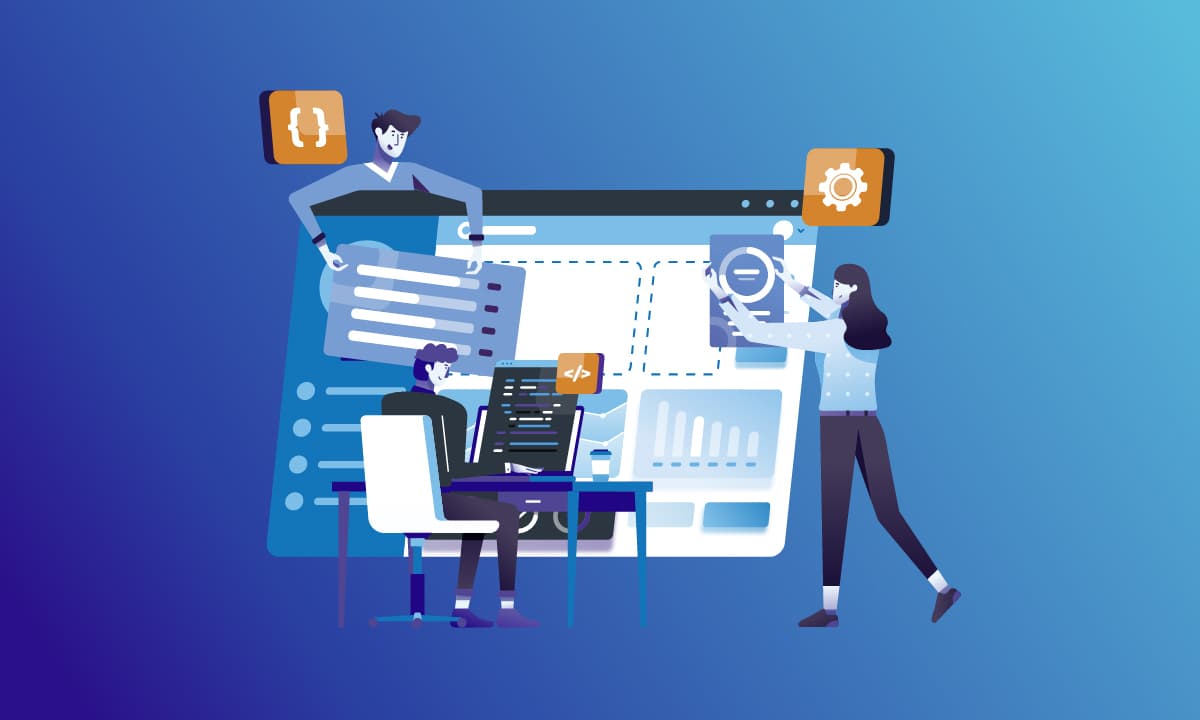
Agile software development, born from iterative methods dating back to the 1950s, prioritizes collaboration and adaptability. It challenges traditional waterfall approaches, offering frameworks like Scrum and Kanban to enhance productivity and innovation across industries beyond software. Exploring the evolution, frameworks, benefits, and future trends of Agile methodologies, this article delves into its history, application across industries, and its transformative impact on software development and beyond.
Read MoreBy: Bryan Reynolds | 18 July, 2024
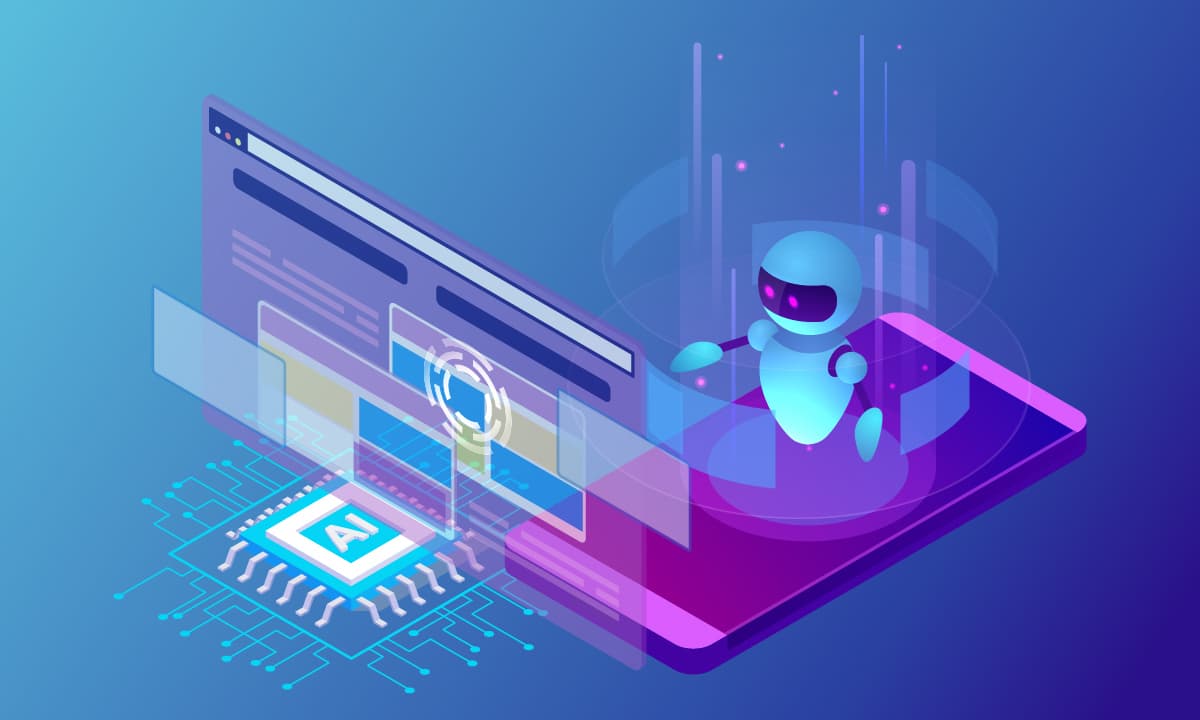
The article explores the evolution of AI chatbots, with a focus on OpenAI's ChatGPT. ChatGPT, based on GPT-3, offers versatile applications ranging from customer service to software engineering. Market projections anticipate significant growth in AI software, particularly in chatbots utilizing natural language processing. Despite its potential, chatbots pose risks like providing inaccurate information, necessitating robust data governance policies. The competition between ChatGPT and Google's Bard underscores the dynamic landscape. Microsoft's substantial investment in OpenAI for ChatGPT development, alongside Bing's upgrade to use GPT-4, reflects the intensifying rivalry in AI-based services. Read further to learn about the emergence of AI chatbots, their diverse applications, market prospects, associated risks, and competitive dynamics.
Read MoreBy: Katarina Rudela | 07 July, 2023
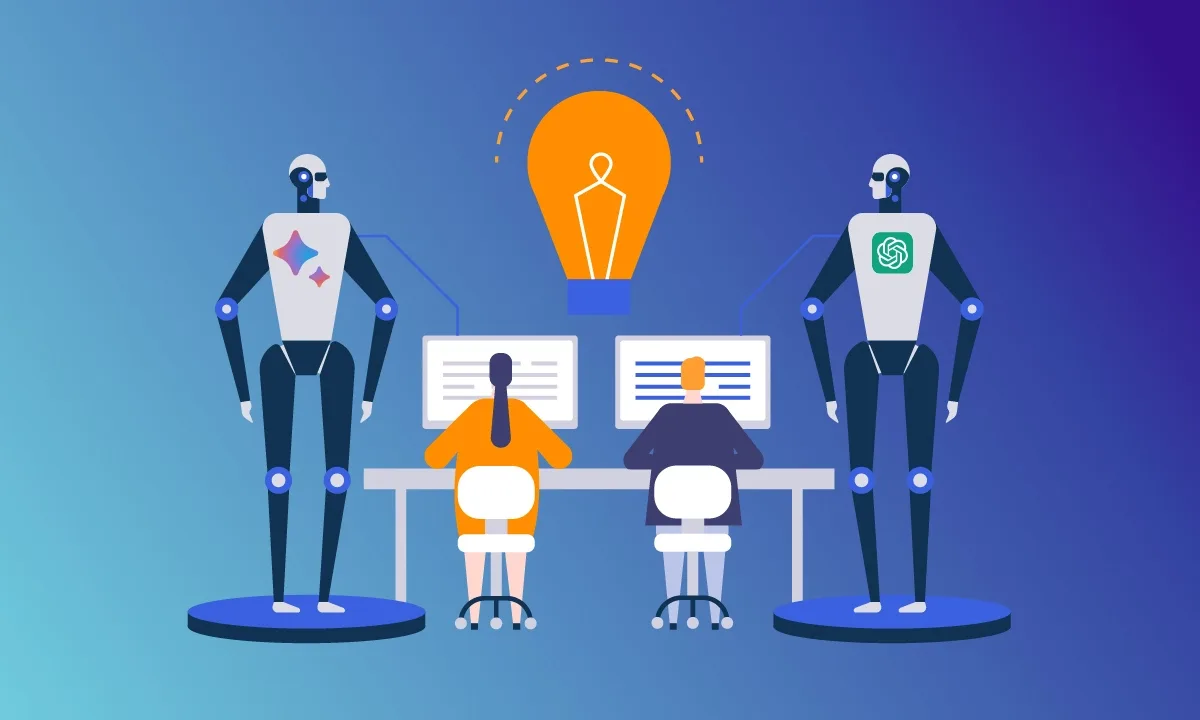
Artificial Intelligence (AI) technology is developing rapidly, especially for chatbots. The most advanced examples of this type of software include OpenAI’s Chat Generative Pre-trained Transformer (ChatGPT) and Google’s Bard, although they differ greatly in their approaches to making chatbots sound more human. These two solutions are shaping up to be direct competitors in this sector, and the winner is likely to determine the course of advancement in this area for the foreseeable future.
Read MoreBy: Katarina Rudela | 02 May, 2023
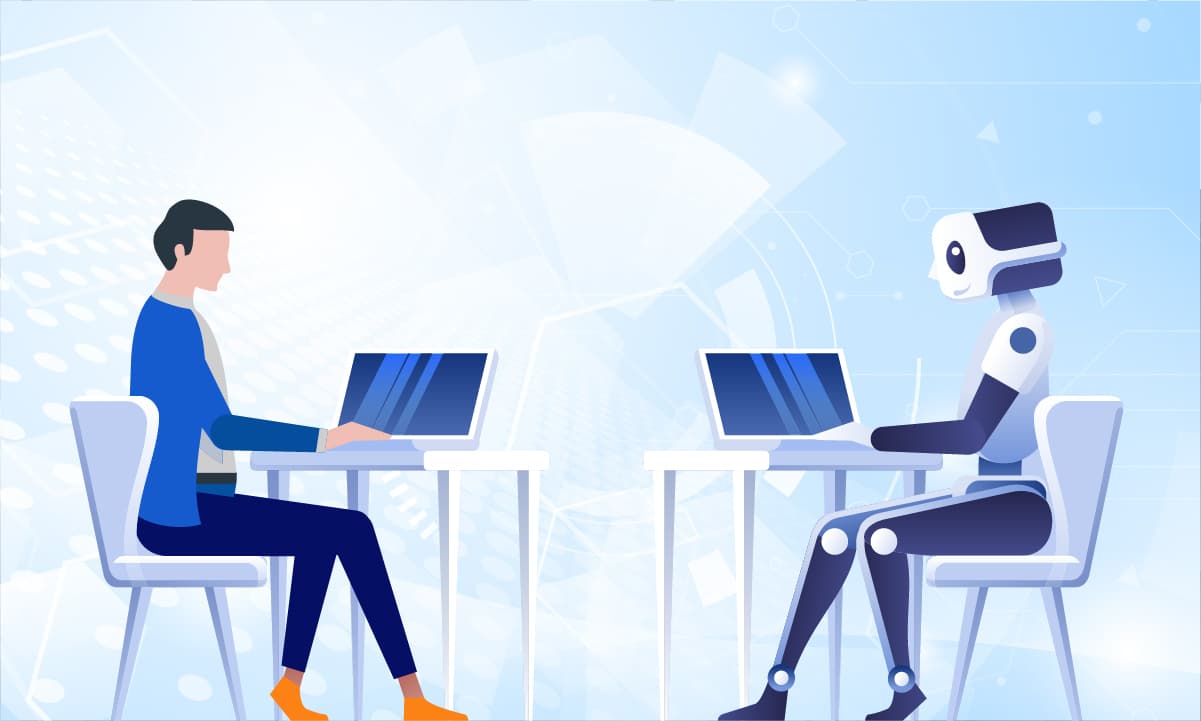
ChatGPT is a chatbot developed by OpenAI and largely financed by Microsoft. It was launched as a prototype in late 2022 and quickly gained attention for its ability to create detailed, articulate responses to questions in many bodies of knowledge. OpenAI timed the release of ChatGPT to preempt Google’s release of Bard, as industry analysts expect the two chatbots to compete for market dominance in this space.
Read MoreBy: Katarina Rudela | 07 February, 2023

With cyber security an increasingly common concern for millions of people, developing software that features robust security measures built-in is essential for delivering confidence to the end user. Find out how security and DevOps are reshaping software development to meet these new challenges.
Read MoreBy: Katarina Rudela | 31 January, 2023

Custom mobile apps are essential for businesses to connect with customers and reach their target audience. Find out how custom mobile apps can be used to increase your ROI and foster a loyal and fully engaged customer base.
Read MoreBy: Katarina Rudela | 27 December, 2022

Many possible approaches to software testing exist, based on their components and the emphasis given to each one. These approaches often have names based on the shape of their graphical representation, such as pyramid testing. This method has been in common use for decades, but a variation known as the trophy is a more recent development. Today’s testing teams often compare pyramid testing with trophy testing when deciding how to test software.
Read MoreBy: Katarina Rudela | 16 December, 2022
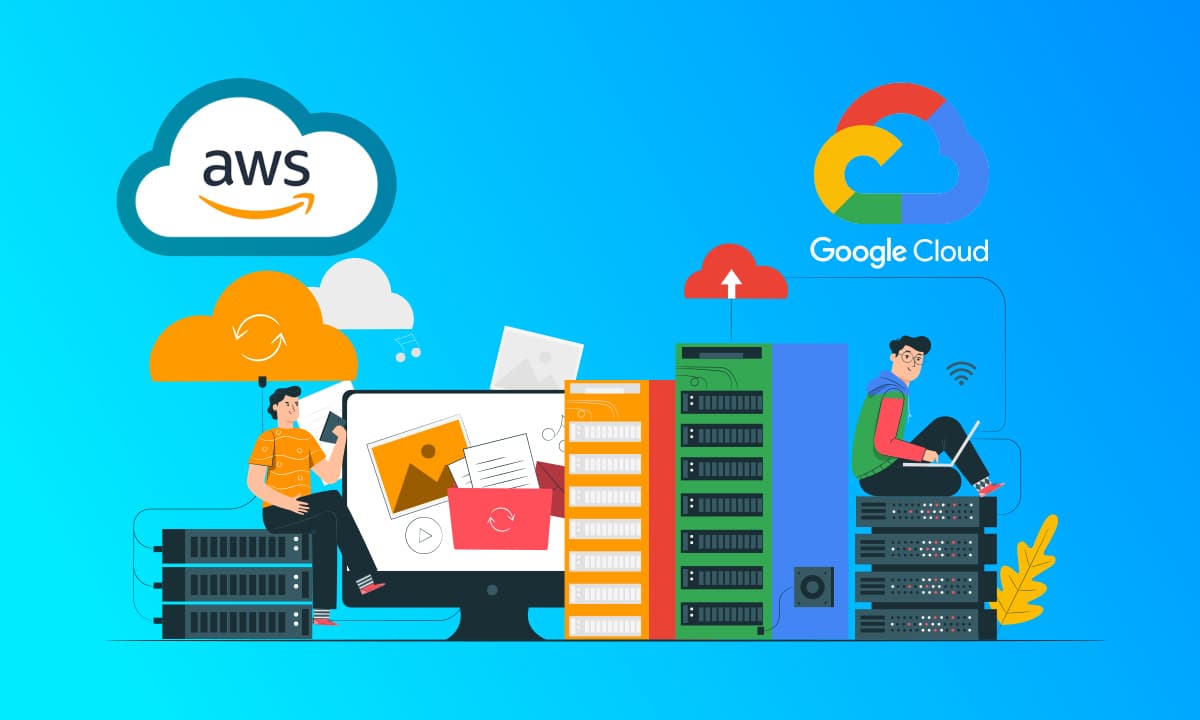
Cloud computing provides a number of advantages, including cost reduction, scalability and security. However, the decisions needed to make this transition continue to become more complex as additional providers enter this sector. Emerging technologies also increase the combinations of components that may comprise a cloud infrastructure. Like other industries, a few companies like Amazon Web Services (AWS) and Google Cloud Platform (GCP) have risen to the top and remained there over time.
Read MoreBy: Katarina Rudela | 29 November, 2022
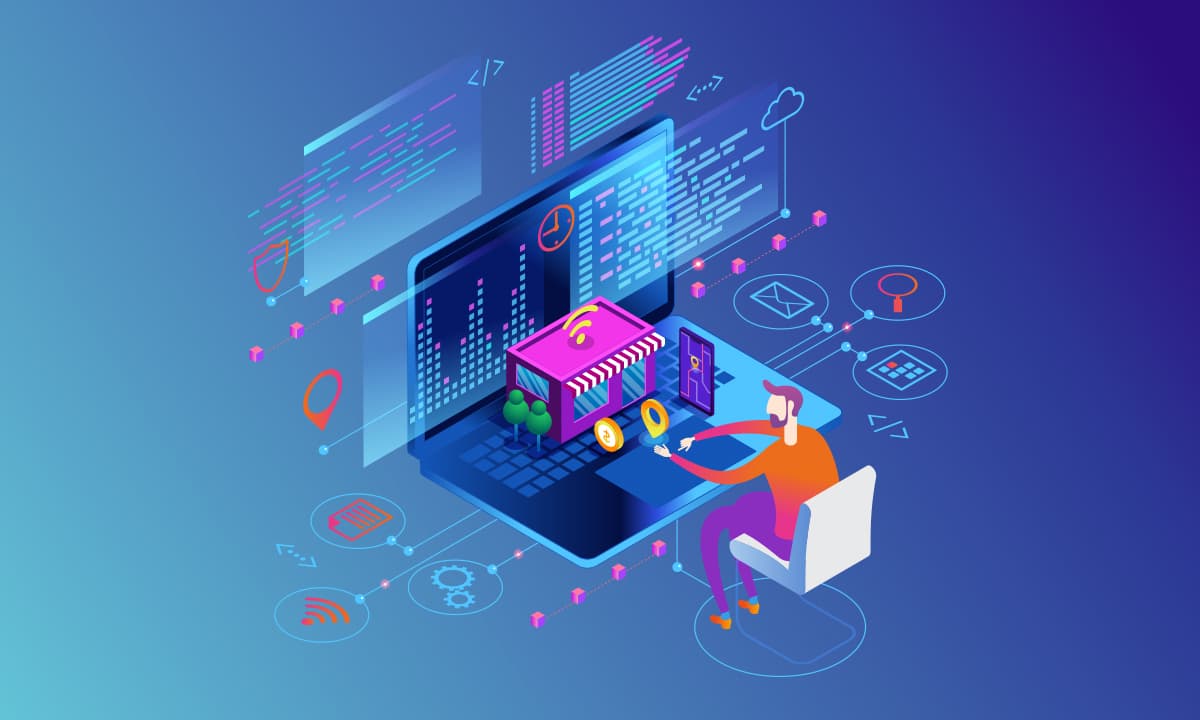
All modern businesses use software to some extent, even when it isn’t a core component of their operations. However, the importance of software generally increases as a company grows, often reaching a critical point when commercial off-the-shelf (COTS) is no longer adequate. In these cases, a business may need to invest in developing software to fill gaps in its current capabilities, whether it’s to add new features or fix existing ones.
Read MoreBy: Katarina Rudela | 25 October, 2022

Data migration is often a process full of complexities and hassles. In order to help you migrate your organization's data to the cloud in the most efficient and secure way possible, we'll take a look at the data migration strategies and tools that you will want to employ as well as the data migration risks that need to be mitigated. Check out our latest blog to learn more about the strategies, tools, and risks you need to be aware of heading into your next data migration project.
Read MoreBy: Katarina Rudela | 04 October, 2022

Software development is evolving rapidly, with rapid innovation being a dominant trend. The increasing rate of technological advances and market competition have combined to create an environment in which adapting quickly to change is essential for survival. In particular, prototyping has become the standard approach to software development for many developers, although other methods still exist. Prototyping is especially helpful for applications where user requirements change during development.
Read MoreBy: Katarina Rudela | 08 September, 2022

Modern businesses frequently find they need new software to remain competitive, especially in crowded markets driven by rapidly advancing technology. The decision to implement software often comes down to a choice between custom and commercial-off-the-shelf software. Custom software has a higher up-front cost, but its maintenance costs are often lower since it probably won’t require as many changes going forward. Organizations making this decision must also consider the longer implementation time of custom software.
Read MoreBy: Katarina Rudela | 12 August, 2022

Behind every well-polished and perfectly-functioning software program is a rigorous quality assurance process designed to iron out all the kinks and ensure that the finished product is one that its users will love. However, implementing an effective quality assurance process throughout the development of your application or software solution is often easier said than done. In this article, we'll explore everything you need to know in order to formulate a quality assurance strategy that will make your next software development project as successful as possible.
Read MoreBy: Katarina Rudela | 28 June, 2022

Environment, health and safety (EHS) software is becoming more common due to the increasing importance of these issues. Many companies have now implemented this type of software, even those that don’t specialize in EHS. For those that do, tightening regulations and emerging technologies often mean that an organization benefits from custom-built EHS software. These solutions include a range of capabilities, depending on the user’s specific requirements.
Read MoreBy: Katarina Rudela | 29 April, 2022

Continuous delivery is a software development practice that offers a wide range of benefits, from faster times to market to lower costs to higher quality products. However, continuous delivery is also a practice that entails a number of hurdles that must be overcome. To help you overcome these hurdles in order to enjoy the many benefits offered by the continuous delivery approach, we'll cover everything you need to know about continuous delivery, including what it is, how it works, and the important pros and cons to consider before you decide if continuous delivery is the right approach for your next software development project.
Read MoreBy: Katarina Rudela | 25 March, 2022
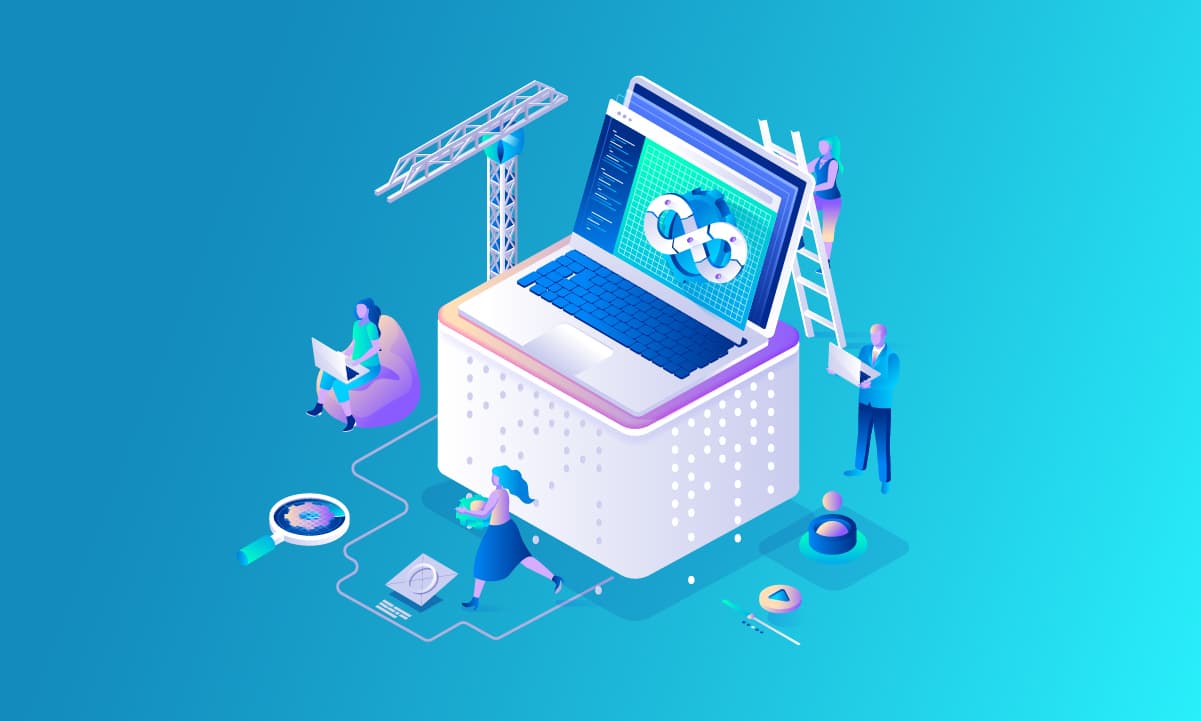
The benefits of DevOps for modern software development include faster delivery, better quality, and greater customer satisfaction. The COVID-19 pandemic has further accelerated the adoption of this development methodology due to the increased need for remote collaboration. A range of DevOps trends will dominate this landscape in 2022.
Read MoreBy: Katarina Rudela | 28 February, 2022

There are several factors to consider when planning and implementing a great user experience for your application or website. In this article we examine in more detail the types of user experience to consider, how this plays a pivotal role in the development of software, the costs, return on investment, and best practices associated with the successful implementation of UX/UI for your next project.
Read MoreBy: Katarina Rudela | 08 February, 2022
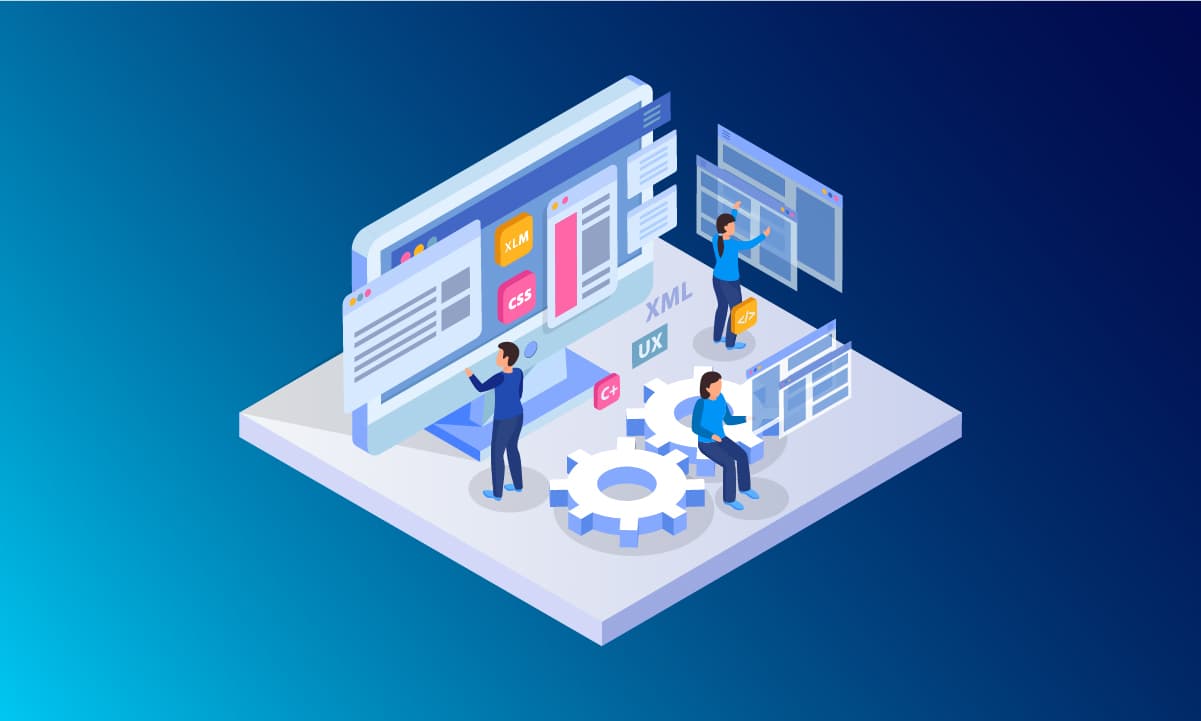
There was a time not too long ago when any company needing an enterprise software application was required to build their own solution from the ground up. We've come a long way in recent years, though, with software-as-a-service (SaaS) applications making it increasingly easier for companies of all sizes to acquire the software solutions they need without being required to build those solutions themselves. Perhaps the most significant advance in the world of custom software development, though, is the rapidly rising popularity of low code/ no code development.
Read MoreBy: Katarina Rudela | 20 January, 2022

Modern software development is usually a complex process involving many team members with a variety of skill sets besides the ability to write code. This team’s structure is therefore a key component in a development project’s long-term success. There is no one-size-fits-all structure that works for all projects, but assembling an effective team usually involves more than simply finding a group of experienced developers.
Read MoreBy: Katarina Rudela | 05 January, 2022
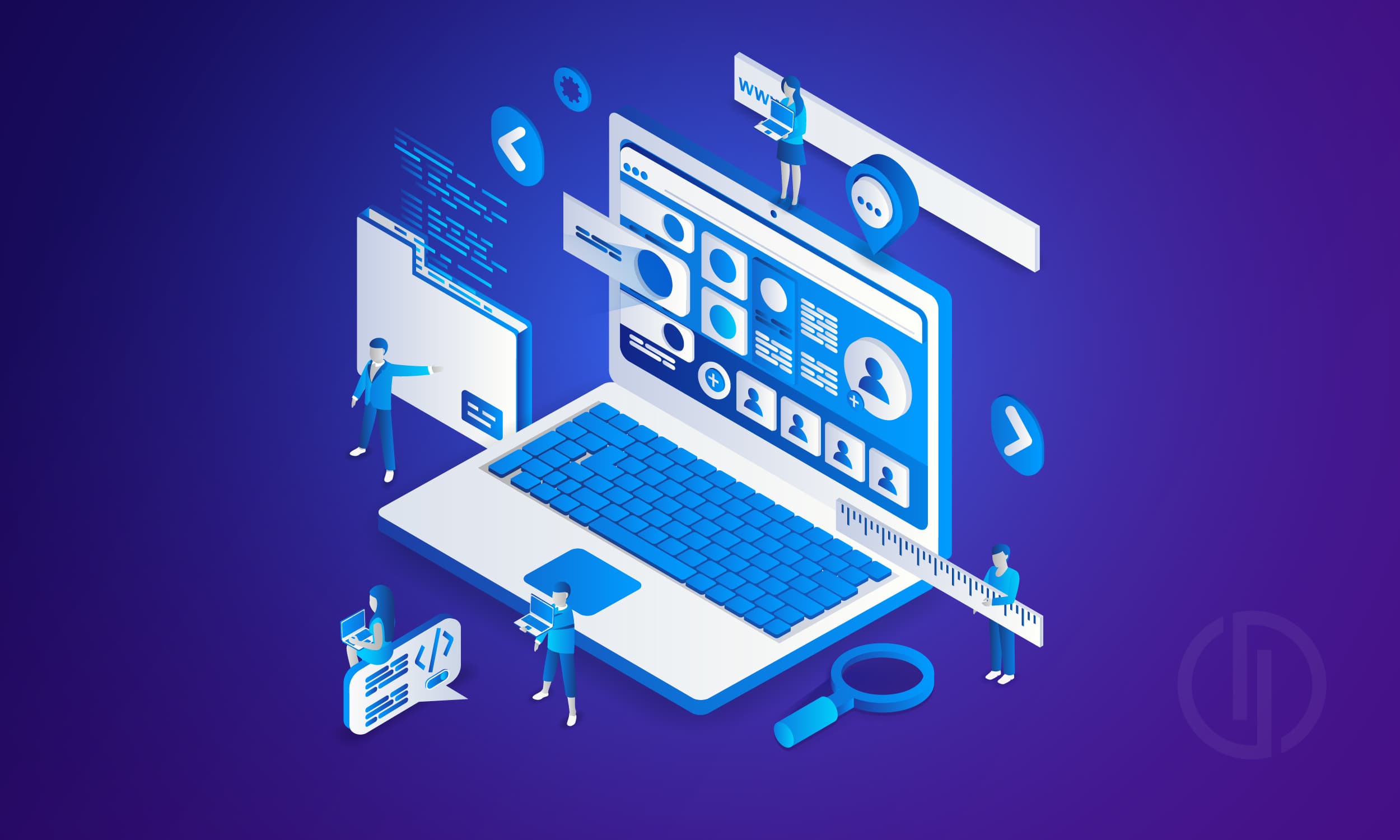
Our latest post covers trends in software development for 2022. The rapid rate of change makes it more challenging to predict trends in this space than other sectors, especially when you consider the changes that occurred this year. However, some basic tendencies will serve as the basis of change for the next year. These trends derive from both technological advances and socioeconomic changes, many of which are the result of the COVID-19 pandemic that began sweeping the globe in 2020. Some of the most significant software development trends to watch for in 2022 include cloud technology and big data security.
Read MoreBy: Katarina Rudela | 22 December, 2021

AI tools and technologies are having a major impact on numerous areas of the software development process. To learn more about the various ways that AI is poised to empower software developers heading into 2022, be sure to check out our latest blog article.
Read MoreBy: Katarina Rudela | 16 December, 2021

Are you using Amazon Web Services for your company's digital assets? If you are, it's important that you consider what kind of certifications you, your employees or your contractors have when interacting with those services. Discover how an AWS certification can make a huge difference in your company's bottom line.
Read MoreBy: Katarina Rudela | 02 December, 2021
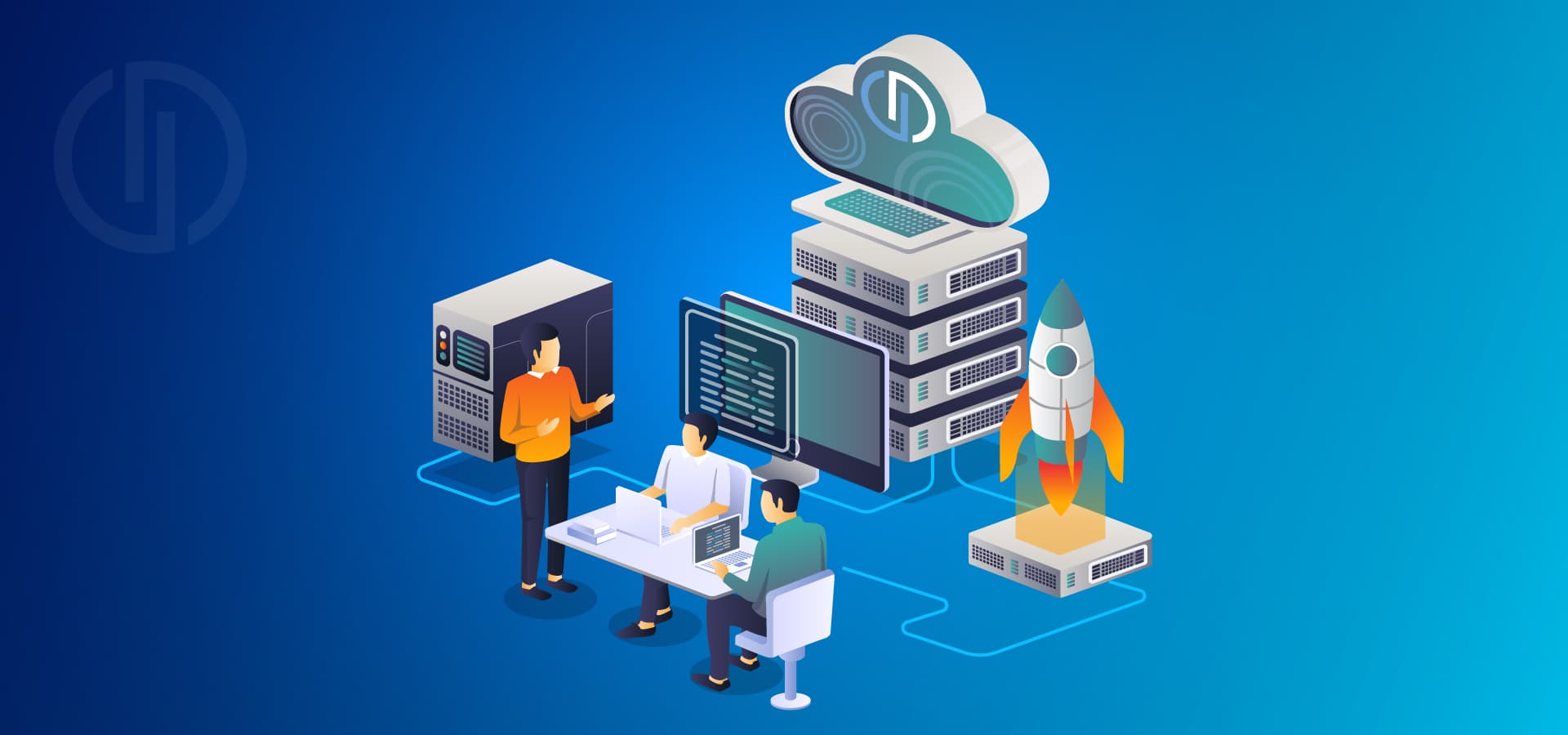
This article discusses progressive web applications (PWA), which is the latest method of delivering apps to website visitors. It also compares PWAs with traditional native apps, providing readers with the most important points to consider when choosing between these two approaches.
Read MoreBy: Katarina Rudela | 17 November, 2021

Our latest discusses the role of a senior software developer. It covers a variety of industries and development environments in which software engineers design, build, maintain and test software. It also discusses the differences between junior and senior developers in great detail, including changes in focus, skills and responsibility. The increased requirement for soft skills is particularly noticeable as a software developer’s responsibility over projects rather than specific tasks. The compensation and overall employment outlook is also highly dependent upon a developer’s experience and skillsets.
Read MoreBy: Katarina Rudela | 05 November, 2021

There are many applications available on the market and one or more may be ideal for your business. However, no single out-of-the-box solution will meet every possible scenario or offer the flexibility necessary to maintain a competitive edge and scale according to internal goals. For many large organizations, building a custom solution is the perfect solution. In our latest post, we dive into the latest trends in enterprise software, what to look for in your solutions, and how automation can help streamline your workflow.
Read MoreBy: Katarina Rudela | 26 October, 2021

HCI is an increasingly important feature of IT infrastructure because it allows administrators to manage many systems as a single, shared resource. However, traditional solutions like VMWare can be very expensive, even for enterprise software. Our post on Harvester discusses how this open source solution has the power to disrupt the HCI space through its lower cost and other benefits. It also covers Harvester’s ease of implementation.
Read MoreBy: Katarina Rudela | 19 October, 2021
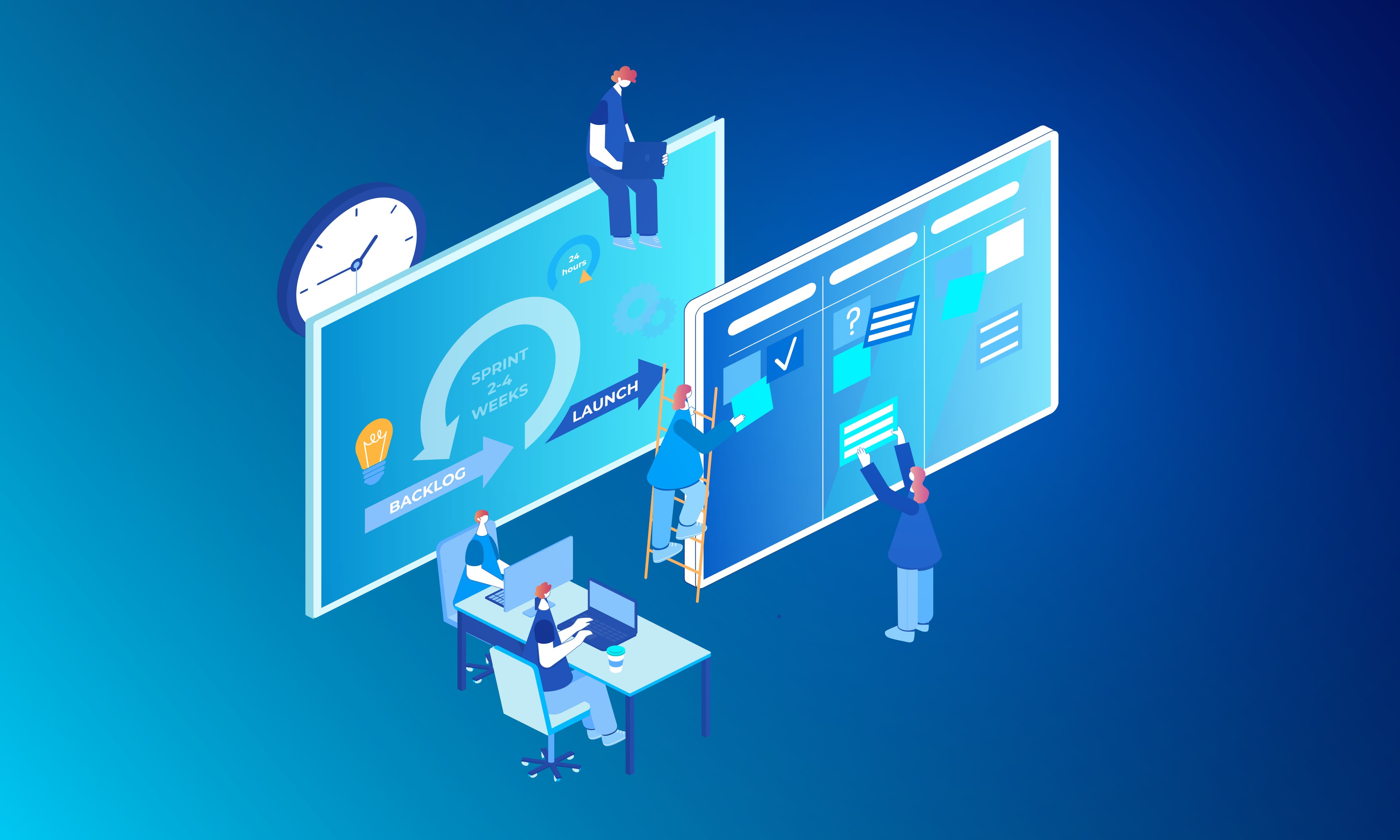
A software development backlog describes the product’s future, but it often becomes overloaded. This tendency can delay a product’s time to market and reduce its quality. Restoration of the backlog can be a key requirement for getting a project back on track and fostering the innovation that’s so important for successful software development. This post explains the importance of the backlog and how it affects software development. It also discusses how to prevent the backlog from becoming overloaded, which is essential for maintaining a productive development environment.
Read MoreBy: Katarina Rudela | 05 October, 2021

Building the right architecture for your software application is challenging. How do you make a resilient infrastructure while keeping it secure and sustainable? How do you get visibility through a cloud deployment? At its core, software architecture is the unifying framework of a piece of software. It details how the logical and physical components of a system interact. In other words, software architecture is the blueprint for designing and developing a software solution. Learn what software architecture should look like in 2021.
Read MoreBy: Katarina Rudela | 29 September, 2021
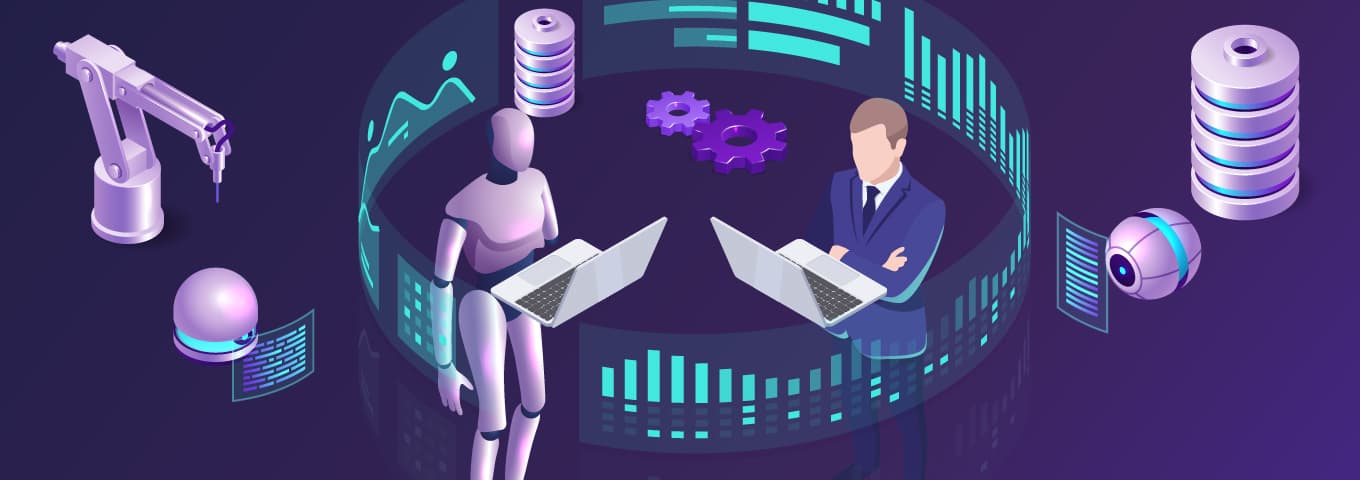
Software development increasingly involves a range of testing processes to meet compliance standards while satisfying the expectations of the client and end user. Security protocols, performance, and the overall quality of the product all rely on continual and varied testing processes in order to identify bugs and deliver solutions. Discover everything you need to know about automated testing and manual testing in this comprehensive guide.
Read MoreBy: Katarina Rudela | 16 September, 2021

Effective SaaS security is a vital concern for any company that employs SaaS applications. To help business managers keep their company's sensitive data secure, we've developed a guide that covers everything you need to know about how to mitigate the various security risks posed by the SaaS model. In this article, we explore the security risks that are present in the SaaS model as well as the steps that business managers can take in order to ensure that the SaaS solutions that they employ are as secure as possible.
Read MoreBy: Katarina Rudela | 07 September, 2021
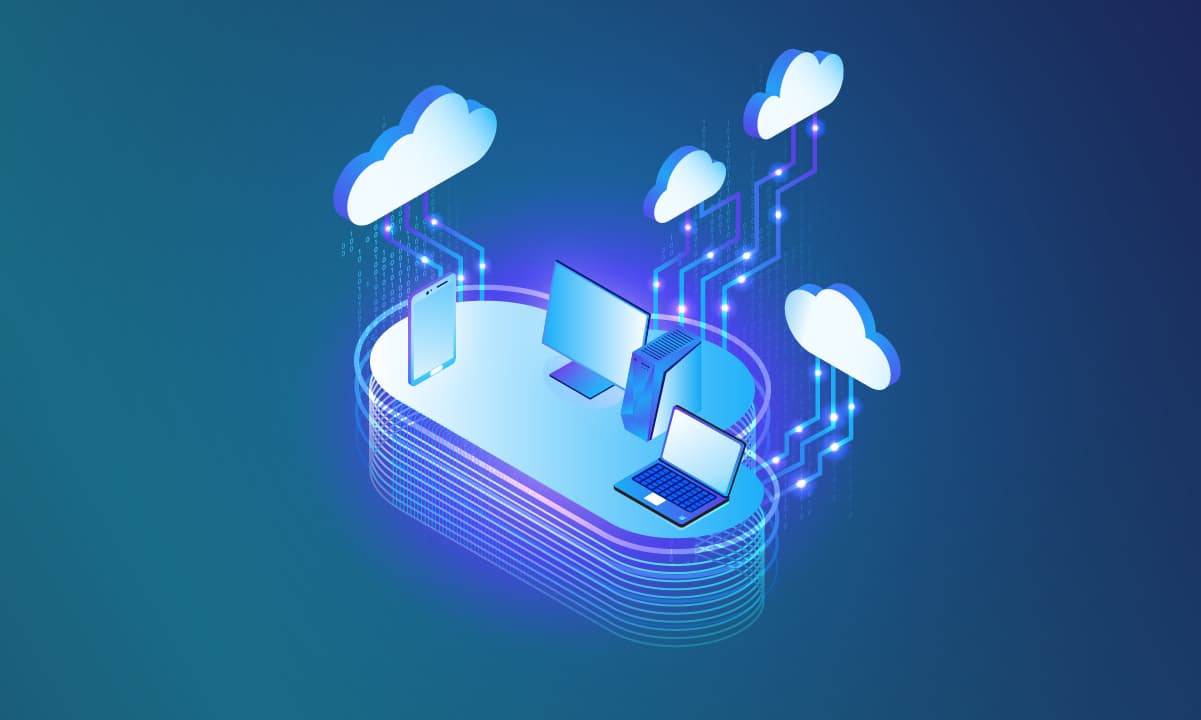
Organizations of all sizes now use ERP solutions to manage their business processes, although there is still debate about the best way to implement them. The transition from an on-premise to a cloud ERP platform provides many benefits, especially for a growing business that needs to drive business growth by scaling its operations quickly. The primary advantages of cloud ERP for most organizations include the cost reduction, improved access and greater efficiency.
Read MoreBy: Katarina Rudela | 31 August, 2021

A quick search on the differences between transactional email and traditional marketing email shows that the distinction between the two is often blurred. This is especially true when it comes to the regulatory requirements for these types of email, which vary greatly between countries. Transactional email generally has fewer restrictions on its use, providing more uses cases and opportunities for increasing revenue. This type of email also has its own set of applications and best practices.
Read MoreBy: Katarina Rudela | 09 August, 2021

This article describes the differences between custom software and off-the-shelf software, primarily for the purpose of an organization selecting their software acquisition path. Understanding the differences between custom and commercial off-the-shelf software (COTS) is the first step in deciding on the option that meets your organization’s software requirement. The distinction between these two types is becoming blurred as today’s businesses continue to combine the two types with increasing frequency.
Read MoreBy: Katarina Rudela | 05 August, 2021
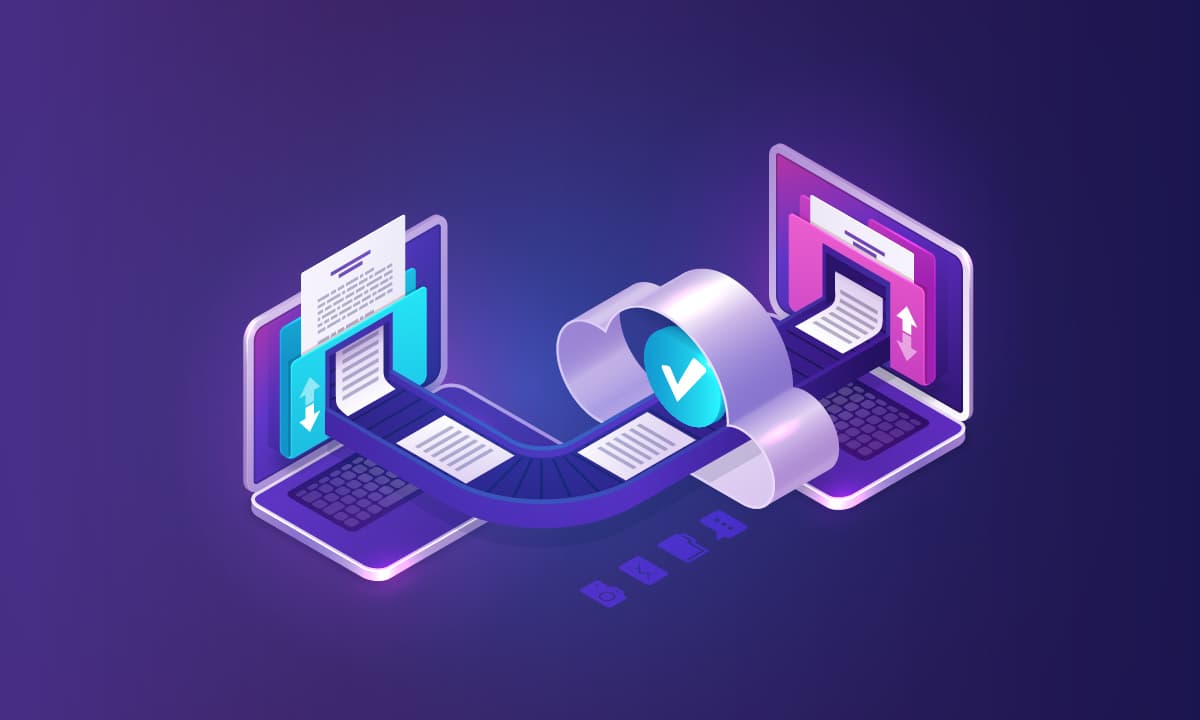
Outsourcing is an approach to software development in which the client organization partners with a third party to develop the software, as opposed to developing it with and in-house team. US companies historically used outsourcing as a means of cutting costs by hiring workers in other countries to perform jobs requiring little skill for low wages. However, outsourcing has evolved since then to include skilled work like software development, such that sustained growth is now the driving factor. Cost saving still remains an important motivation of outsourcing, but it's no longer the only advantage. Software outsourcing strategies fall into three general categories, including on shoring, off shoring and near shoring.
Read MoreBy: Bryan Reynolds | 06 July, 2021

Event Sourcing is a carefully architected tracking database that has become the alternative to tracking and maintaining an application's state. It records state changes, corresponding changes, as well as a chronological sequence of events, while providing additional details on how and why the transition of data has occurred. In comparison to traditional methods that only keep the latest version of an application's state, Event Sourcing allows the developer to record and recreate previous states from the event logs.
Read MoreBy: Bryan Reynolds | 04 May, 2021

WordPress has built over 60 million websites, making it the world’s most popular Content Management System (CMS). It has about one-third of the CMS market share, significantly more than any of its competitors. However, that doesn’t necessarily mean it’s the best, as WordPress is well known for problems such as security breaches, simple templates and inefficient code.
Read MoreBy: Bryan Reynolds | 27 April, 2021

Software-as-a-Service (SaaS) represents a dramatic paradigm shift in the way organizations develop, market, deliver and service software. It also transforms Independent Software Vendor (ISVs) into service providers that add value to the software. The migration to SaaS requires organizations to consolidate their existing single-tenant applications into a multi-tenant solution, which can prevent them from fully realizing all the benefits of SaaS.
Read MoreBy: Bryan Reynolds | 19 April, 2021

Software-as-a-service (SaaS) is a model for licensing and delivering software in which the software is centrally hosted and licensed on a subscription basis. These applications are also known by other terms such as on-demand software, web-based software and web-hosted software.
Read MoreBy: Bryan Reynolds | 12 March, 2021
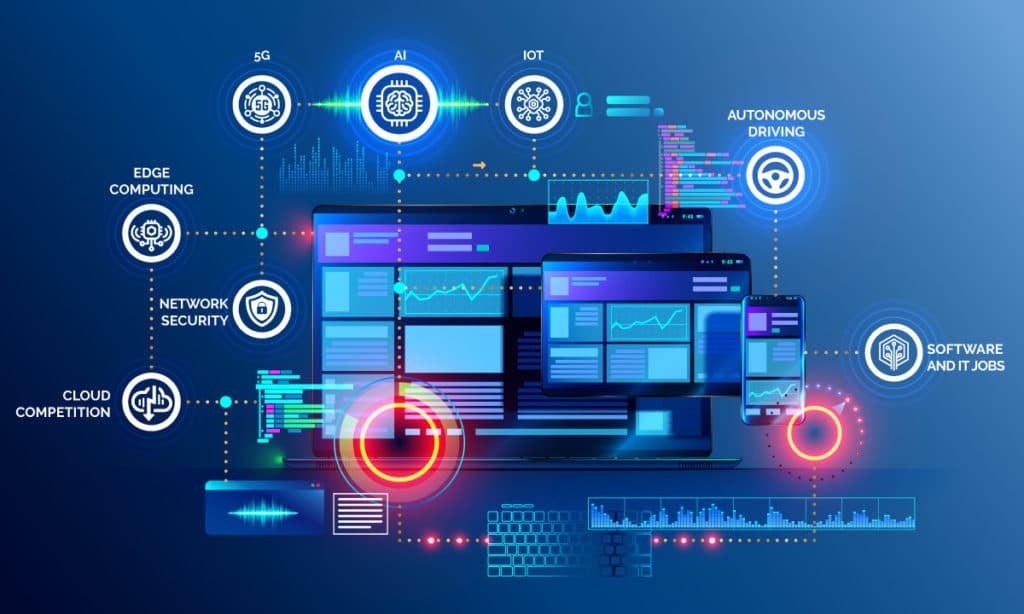
It’s no secret that technology changes quickly. In fact, every 18 months, computer processing speeds double, which is evidence in itself of the everchanging and upcoming tech trends. We could ramble on about NEW software trends that will take the world by storm in 2021, but we believe there are so many out there, that writing about them would not do them justice.
Read MoreBy: Bryan Reynolds | 01 March, 2021

As the internet becomes more complex, so do the users' needs. They expect quick, always-on on and easy-to-use web platforms. For businesses that use their website to educate and attract new customers, there are generally multiple pages, functions, and user experience features that must be factored in when a web platform is created.
Read MoreBy: Bryan Reynolds | 22 August, 2020
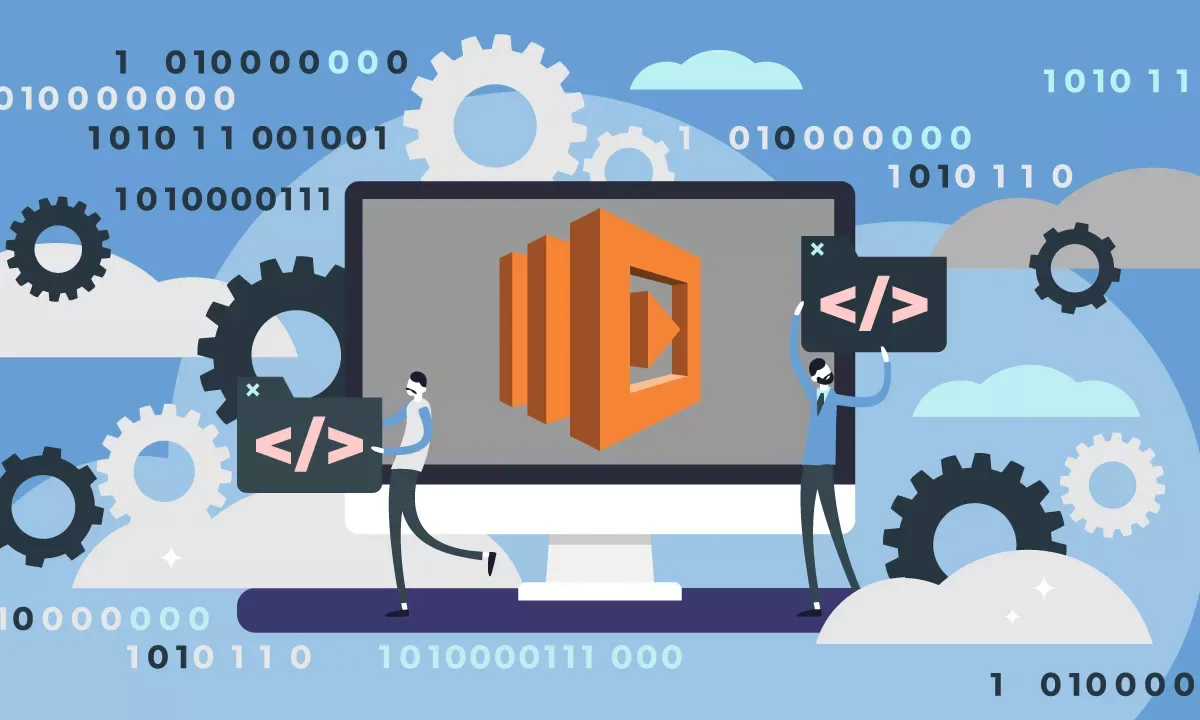
Serverless computing is a model of cloud computing in which the service provider operates the server and dynamically manages the allocation of computing resources such as processing, memory and storage. The provider bases pricing on the resources applications actually consume, rather than the tradition pricing model that requires the user to purchase resources before using them. Serverless computing simplifies enterprise software development by concealing administrative tasks such as capacity planning, maintenance and scaling from the developer. Developers can also combine serverless computing traditional code deployment styles.
Read MoreBy: Bryan Reynolds | 14 August, 2020

Serverless computing is a cloud-computing model in which the cloud provider dynamically manages the allocation of computing resources. AWS Lambda is a serverless computing platform that Amazon provides as part of Amazon Web Services (AWS). It’s also event-driven, meaning that Lambda only executes code in response to events and automatically manages the computing resources that the code requires. These capabilities allow developers to focus on an application’s business logic, rather than provisioning resources and managing access control.
Read MoreBy: Bryan Reynolds | 07 August, 2020

Kubernetes can manage complex sets of software containers by itself, but it also creates its own configuration and management challenges. Knative is an extension of Kubernetes that eliminates the need for developers to perform these tasks and also serverless capabilities to Kubernetes. It runs on top of Kubernetes, allowing Knative to manage a large number of containers in enterprise software development. Google developed Knative as an open-source platform in collaboration with other companies such as IBM, Pivotal, Red Hat and SAP.
Read MoreBy: Bryan Reynolds | 07 August, 2020

Kubeless is a Functions-as-a-Service (FaaS) platform that runs with Kubernetes. It’s entirely open-source, so it has no affiliation with any commercial organization. Kubeless is a serverless framework that allows developers to deploy small units of code without considering its underlying infrastructure. This capability means that Kubeless can leverage Kubernetes resources to perform tasks vital to enterprise software development such as API routing, auto-scaling, monitoring and troubleshooting.
Read MoreBy: Bryan Reynolds | 18 June, 2020

Microsoft-centric developers have been dreaming of a single cross-platform .NET scheme for years. Such a scheme would allow developers to work on projects for any Microsoft product without needing to change platforms, which would particularly useful for developers with multiple active projects. This goal is coming closer to reality, as disclosed during the Microsoft Build developers conference that took place in May 2020.
Read MoreBy: Bryan Reynolds | 08 June, 2020

.NET developers have been waiting a long time for a complete Blazor framework that’s ready for production. This solution would allow a .NET developer to build web applications with C#, which provides performance and implementation advantages over JavaScript. Microsoft announced in May 2020 at the Build developer conference that Blazor WebAssembly 3.2 will be joining Blazor Server, which runs on the server side by using .NET Core.
Read MoreBy: Bryan Reynolds | 02 June, 2020
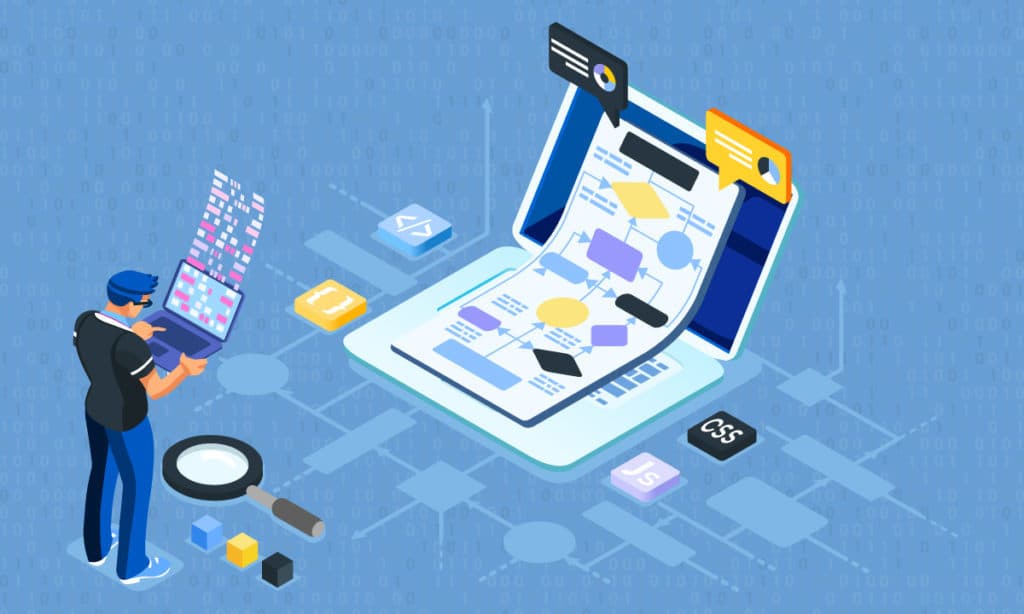
The new releases of .NET Core make this an exciting time to be a .NET developer. Native cloud projects like Visual Studio Codespaces make it possible to use Visual Studio 19 with codespaces, allowing a developer to work entirely in the cloud. This capability is particularly useful now that .NET consulting often involves working from home and other remote locations, which often involves juggling multiple projects at the same time. Codespaces also allows developers to quickly create custom environments of each of their projects so they can allocate limited resources to tasks such as coding, debugging and adding new features to their projects.
Read MoreBy: Bryan Reynolds | 26 May, 2020

Software often fails to meet its users’ needs over time, whether it’s the result of changing requirements or the availability of a better product. This event presents an opportunity for improvement that should minimize risk while maximizing return on investment (ROI). In particular, you’ll need to decide if your current software can do its job with some modifications, or if it’s time to buy a new product. This process is particularly challenging for enterprise software, which typically includes many discrete applications.
Read MoreBy: Bryan Reynolds | 20 May, 2020
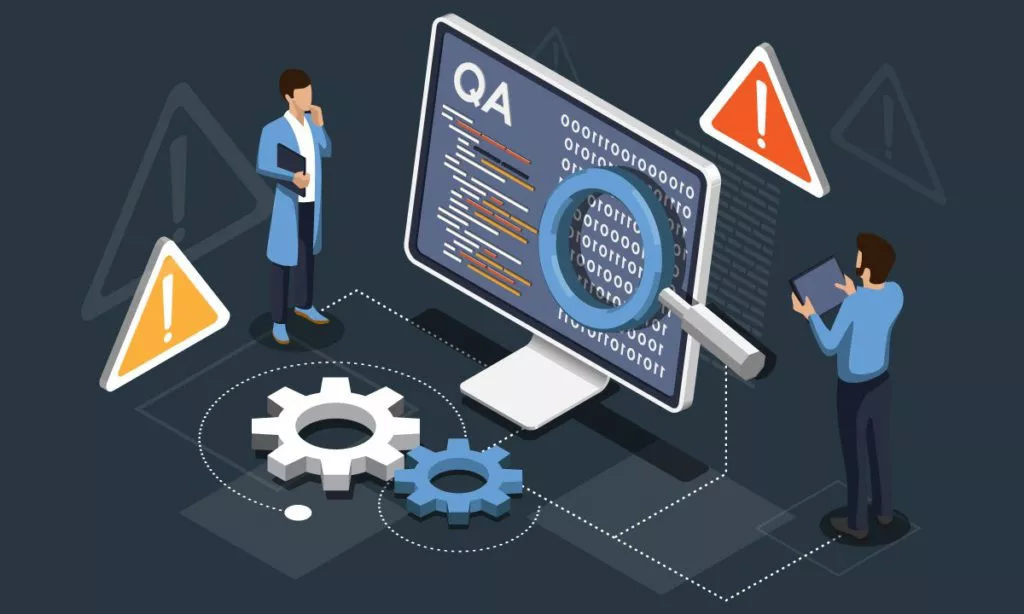
The International Organization for Standardization (ISO) and International Electrotechnical Commission (IEC) defines software maintenance as the modification of a software product after delivery, typically for the purpose of correcting faults or improving performance. The importance of software maintenance is becoming increasingly important due to the accelerating rate of hardware obsolescence.
Read MoreBy: Bryan Reynolds | 09 May, 2020
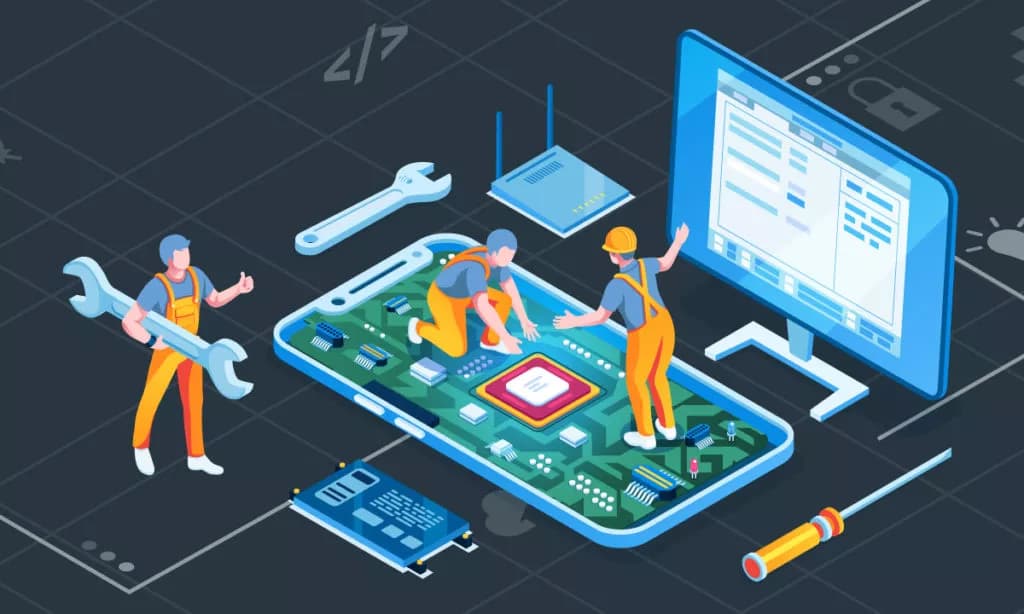
The Institute of Electrical and Electronics Engineers (IEEE) describes software maintenance as the modification of software after delivery to the user. The reasons for these changes include correcting faults, improving performance, and adapting the software to changes in requirements. All software requires maintenance, even when the software, its operating environment, and its requirements are completely stable. Minimizing maintenance costs becomes more important as the software’s complexity increases since they often exceed the initial cost of developing the software.
Read MoreBy: Bryan Reynolds | 30 April, 2020
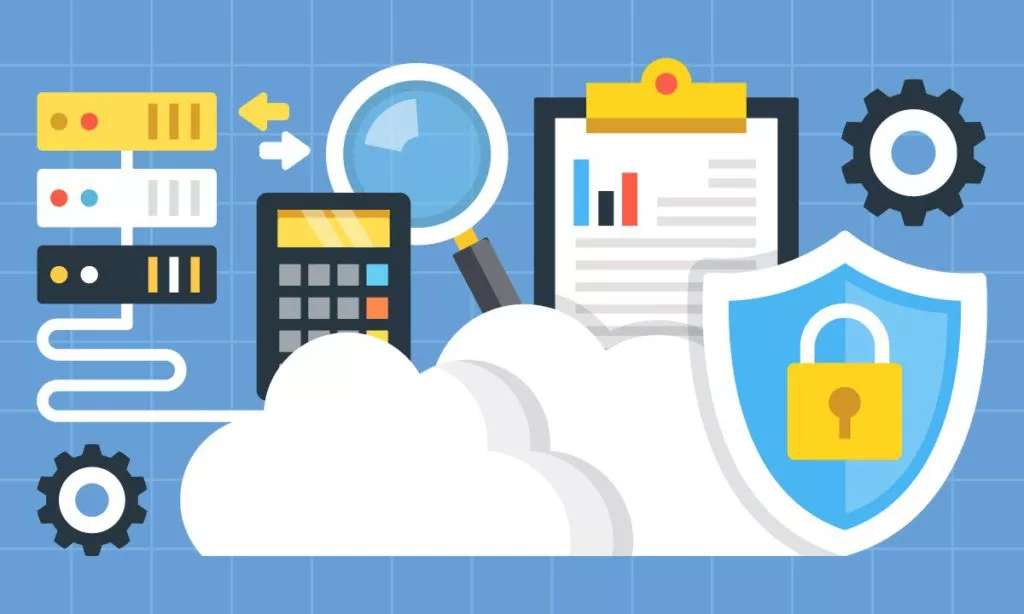
Amazon Web Services (AWS) is an on-demand cloud computing platform with customers that include organizations, individuals and governments. It consists of many services that collectively provide the tools and building blocks users need to develop their cloud infrastructure. Amazon Elastic Compute Cloud (EC2) is one of the most essential AWS services, since it provides users with computer resources via a cluster of virtual machines (VMs). These resources include central processing units (CPUs), storage, memory and networking capability. AWS VMs also include a choice of operating systems (OSs) and preloaded application software.
Read MoreBy: Bryan Reynolds | 25 April, 2020

Cloud platforms typically provide users with access to virtual machines (VMs), rather than physical servers. This architecture allows the platform to quickly allocate computer resources such as storage, memory, and processing capability based on demand. Amazon Web Services (AWS) offers a particularly large number of ways for users to configuring scaling on their platform, allowing them to find the best balance between cost and available resources. The scaling options available on AWS make it advisable for users to first develop an overall strategy before configuring their environment.
Read MoreBy: Bryan Reynolds | 14 April, 2020

The defining characteristic of cloud computing is the allocation of computing resources on-demand without direct management by the user. Data storage and computing power are the common resources allocated in cloud computing, although it can distribute any such resources to its users. The most common implementation of cloud computing is a data center that distributes resources to many users over the internet. The large platforms that now dominate the cloud-computing landscape typically have multiple servers that are geographically separated. In cases where the distance between the server and users is relatively small, the architecture may also be known as edge computing.
Read MoreBy: Bryan Reynolds | 31 March, 2020

A web application framework (WAF), also known as a web framework (WF), supports the development of web applications, which includes web application programming interfaces (APIs), web resources, and web services. Web application frameworks standardize the approaches developers use to build and implement web applications, largely by automating everyday tasks. For example, they often include libraries of routines that perform tasks like database access, session management, and creating framework templates. This routine helps promote the reuse of code, which reduces development time.
Read MoreBy: Bryan Reynolds | 16 March, 2020

Startups have to be agile and able to handle a multitude of tasks, usually simultaneously. Outsourcing some of these tasks can free up time, allow a startup team to work more efficiently, and help you save money, provided you choose the right components to outsource. Since the savings of time and money can be considerable, outsourcing large projects like software development makes sense for many brands.
Read MoreBy: Bryan Reynolds | 09 March, 2020

Technology plays an increasingly important role in our lives, especially in areas such as shopping, customer service, and social interaction. Anyone building a business today should be looking for ways to innovate their online marketplace, whether it’s simply streamlining existing processes or actually disrupting them. However, innovation is particularly challenging when software development isn’t one of a business’s core competencies.
Read MoreBy: Bryan Reynolds | 24 February, 2020

Amazon Web Services (AWS) is a subsidiary of Amazon that provides cloud-computing services and application programming interfaces for its users. AWS offers its services on-demand, meaning that users only pay for the services they use. While the pricing of all AWS services is usage-based, each service may usage in its own way.
Read MoreBy: Bryan Reynolds | 17 February, 2020

In a recent announcement, research and digital insights firm Gartner made a bold prediction. The firm expects that artificial intelligence-powered technologies like chatbots and virtual assistants will take on as much as 69% of the average manager’s routine work within just four to five years.
Read MoreBy: Bryan Reynolds | 11 February, 2020

Here at Baytech Consulting, we love to empower our clients by helping them better understand the software development industry. We know you don’t have the time or resources to become experts in this industry. We get it: you’re focused on making your business succeed, and that involves a lot of things that aren’t software development.
Read MoreBy: Bryan Reynolds | 27 January, 2020

The new year is here and the rush to be faster, better and more connected is on. Brands are focusing more than ever before on connecting with end users, incorporating machine learning tp better assess collected data and even the rise of 5G connectivity to speed information to users more swiftly than ever before. Expect to see growth in all sectors and across all industries as brands work to use technology to become more efficient and productive — and more profitable than ever before.
Read MoreBy: Bryan Reynolds | 19 January, 2020

Software development as an industry can be pretty challenging to understand if that’s not the core of what you do. Here at Baytech Consulting, a web application development company, software development is the core of our business, and we want to help you better understand the way this industry works.
Read MoreBy: Bryan Reynolds | 01 January, 2020

Throughout a wide range of industries, outsourcing software development to a dedicated software development company has become a growing trend. But why exactly? What are the advantages of software development outsourcing? Full disclosure: Yes, this is a service we offer at Baytech Consulting, so yes, we’re in support of it. But we’ve also been at this for a while now, and we have a pretty good handle on why outsourcing software development works so well.
Read MoreBy: Bryan Reynolds | 25 December, 2019
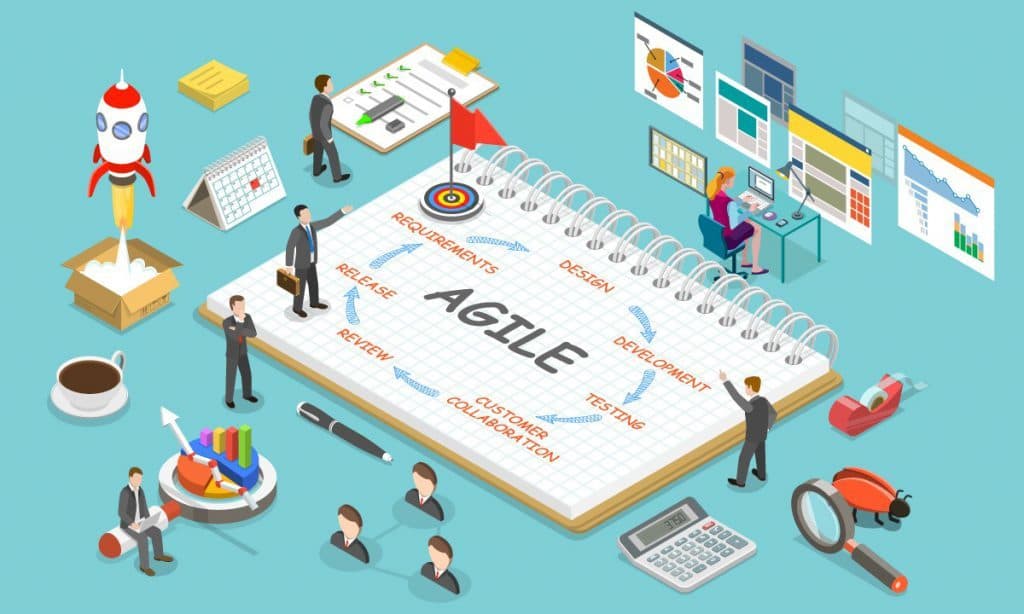
Agile software development emphasizes the evolution of requirements and solutions through the collaborative efforts between the development team members and the project’s customers. These teams are cross-functional and self-organizing, standing in sharp contrast to traditional development teams. The Agile methodology advocates an adaptive approach to planning that values early delivery and continual improvement, even when user requirements change frequently. The Manifesto for Agile Software Development describes the values and principles of Agile development, which is based on earlier frameworks such as Kanban and Scrum.
Read MoreBy: Bryan Reynolds | 04 December, 2019

The Internet of Things (IoT) has the potential to gather large amounts of data at the edge of a network. However, organizations must also bring the processing of that data closer to a network’s edge to take full advantage of it. Edge computing is a new approach to computing that helps organizations exceed the limitations of a strictly cloud-based network. Cloud computing will continue to play a vital role in network architecture, but organizations must change the way they use their IT infrastructure if they’re to remain competitive.
Read MoreBy: Bryan Reynolds | 23 November, 2019

Artificial intelligence is changing aspects of how business is done today in exciting ways. And the promise of what this technology may be able to do in the future is all the more tantalizing.And it’s true. If you’re a big business, AI is, well, big business. It’s not uncommon to read or hear about the ways AI and machine learning are changing the way data analytics (using “big data”) are done. Many of the other ways that AI is being deployed today are likewise usually discussed in a larger-scale enterprise-type context.
Read MoreBy: Bryan Reynolds | 17 November, 2019

AI is transforming workflows all around us. You may already be using software infused with artificial intelligence in aspects of your business, or maybe you’re looking to start doing so now. Either way, consider the workflow enhancements listed below. Each is powered in some way by artificial intelligence, and each has the potential to improve business outcomes for your company.
Read MoreBy: Bryan Reynolds | 05 November, 2019

As with any type of debt, technical debt happens when you borrow from the future for today. You select a solution that will be fast and easy to develop — a solution that will get you past your major hurdles. But you know that the solution won’t be as elegant or well-optimized as it could be, and you know that it will make development more complicated later on.
Read MoreBy: Bryan Reynolds | 19 October, 2019
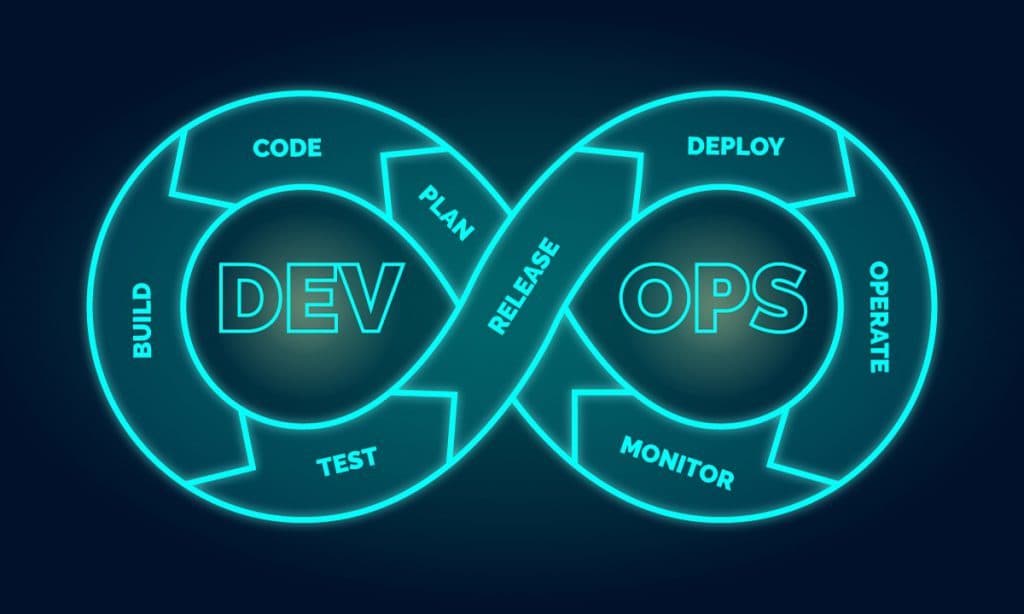
The way software is developed has changed significantly. The rise of DevOps as a guiding paradigm for software development has meant more applications are generated faster and better. In 2020, DevOps is poised to become far more the norm than the exception, driven by better investments in teams, cloud computing and organizational structures.
Read MoreBy: Bryan Reynolds | 15 October, 2019

The project manager role has taken on a greater amount of prominence in the past decade. This is true across numerous industries, including the software development industry. Still, there is plenty of confusion about what a project manager does, as well as about what project management is—and isn’t.
Read MoreBy: Bryan Reynolds | 08 October, 2019

Progressive web apps are getting a lot of buzz, but what does that mean for you? Are they the future of mobile interaction? Can they help your business? Our progressive web app client guide will help to answer these questions and more.
Read MoreBy: Bryan Reynolds | 03 October, 2019

On average, three out of ten IT projects fail among companies that aren’t in the top 25% of technology producers (1). Of those projects that succeed, more than half of them eventually cost almost 200% of their original estimates (2). The IT sector is booming and IT projects are plentiful, yet as many as a third of these projects are put to rest before they are ever completed.
Read MoreBy: Bryan Reynolds | 28 September, 2019

Artificial intelligence is beginning to change and improve software development. Over the next decade, we expect this trend to continue as machine learning improves the capabilities of AI-powered systems that help with software development. Read today’s blog post to understand how artificial intelligence is already affecting software development and get a glimpse where things are heading.
Read MoreBy: Bryan Reynolds | 08 September, 2019

No matter the business that one may be in, mobile apps are becoming an increasingly important part of capturing and maintaining market share. With so many companies seeking to develop mobile apps, a hot topic over the last few years has been whether it is best to go with a native app, a browser-based web app or a hybrid that uses features of both.
Read MoreBy: Bryan Reynolds | 04 September, 2019

Software prototyping is one of the many services that Baytech Consulting offers. For many firms it’s the undisputed best choice for software development, especially when working with a vendor like us for that development.
Read MoreBy: Bryan Reynolds | 31 August, 2019
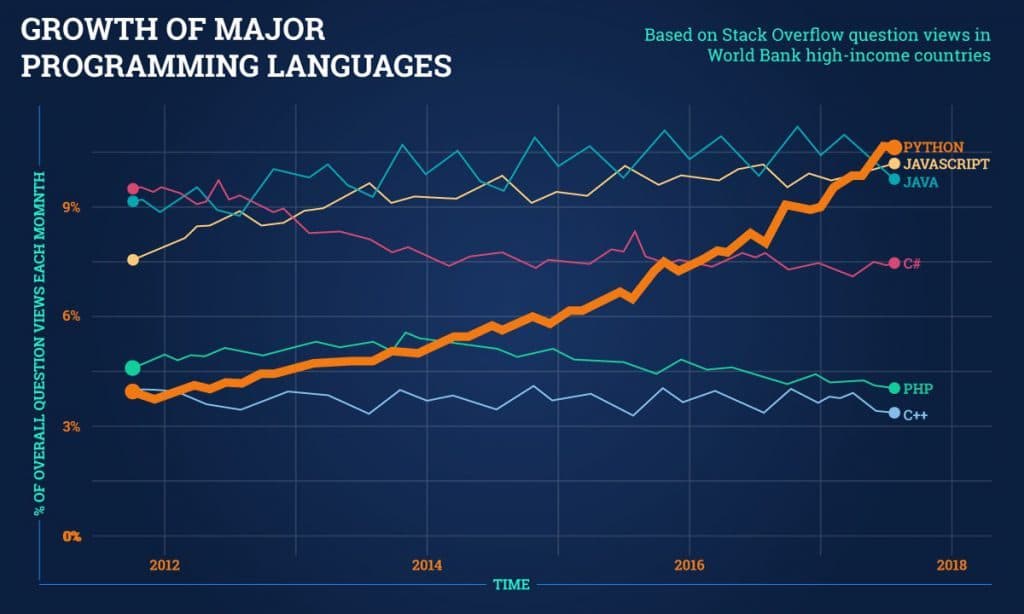
Python is an ever-increasingly popular programming language, and that trend continues in 2019 and beyond. Just how popular is Python? According to Github’s Octoverse research project, it’s trending high by all sorts of metrics. Measuring by repositories created, Python is #3 and is on a meteoric climb, behind only Java and Javascript.
Read MoreBy: Bryan Reynolds | 21 August, 2019

Over the last 10 years, one of the hottest and most controversial issues in the world of business has been outsourcing, typically from developed countries like the United States to poorer, developing ones. This has especially been true in the world of software development where many companies have opted for the far-cheaper services of programmers in the developing world, who are often able to passably compete with their stateside counterparts on skills while dramatically undercutting them on price.
Read MoreBy: Bryan Reynolds | 13 August, 2019

As late as the 1990s, most heavily used business applications were running on mainframe computers or powerful network servers. These programs were typically monolithic, with the entire program needing to run for every use case. While this worked at the time, today’s systems demand scalability, resilience and responsiveness that such older models often cannot deliver.
Read MoreBy: Bryan Reynolds | 22 July, 2019

If you need to develop custom software or upgrade your existing enterprise software, you have options. You can opt for in-house development or you can outsource it to a well-reputed software house. What is In-House Development? In-house development refers to building a software within your own company, utilizing your own resources and workforce. This may require you to hire an in-house developer to undertake your software project.
Read MoreBy: Bryan Reynolds | 08 July, 2019

If you want to deploy cloud-native applications, then Kubernetes is a powerful system that you can’t ignore. Since Google open-sourced Kubernetes in 2014, its usage has grown rapidly. According to Redmonk, 54% of Fortune 100 companies use Kubernetes. There are many reasons why Kubernetes is the go-to system right now. What is that? Should you use it? What benefits does it give you?
Read MoreBy: Bryan Reynolds | 02 July, 2019

You’ve finally settled on the right software developer and it’s time to set up a contract. You don’t want a pricing model that will force you to renegotiate late, so you want to get it right the first time. Let’s break down two popular software project pricing models to help you make an informed decision.
Read MoreBy: Bryan Reynolds | 02 July, 2019

As a custom software development company focused on quality, our mission to deliver our clients’ visions on time, on spec, and on budget. Since we first opened our doors in 2007, software, the web, and apps have all changed in how they are developed and how the world uses them. We’ve kept up with the times and are proud to announce that we have received a Clutch Leader Award among software developers in Los Angeles!
Read MoreBy: Bryan Reynolds | 18 June, 2019

Software is making its way into almost every area of our lives. All around the world, businesses are becoming increasingly dependent on software-based systems because they improve business process efficiency. If you’re considering revamping your existing software system or adopting a brand new one, there are many factors you need to keep in mind.
Read MoreBy: Bryan Reynolds | 18 June, 2019

.NET developers have been waiting a long time for a complete Blazor framework that’s ready for production. This solution would allow a .NET developer to build web applications with C#, which provides performance and implementation advantages over JavaScript. Microsoft announced in May 2020 at the Build developer conference that Blazor WebAssembly 3.2 will be joining Blazor Server, which runs on the server side by using .NET Core.
Read More

